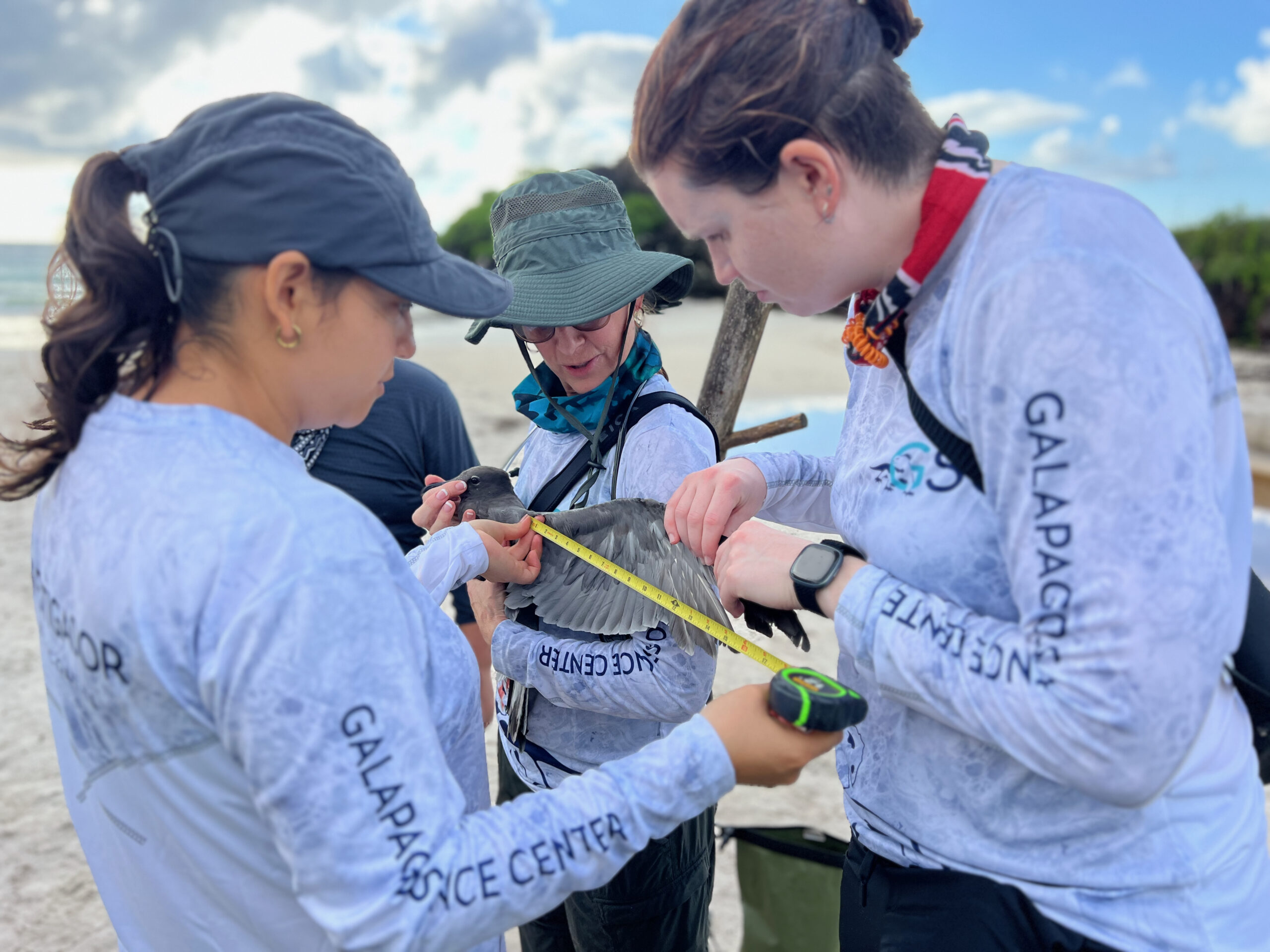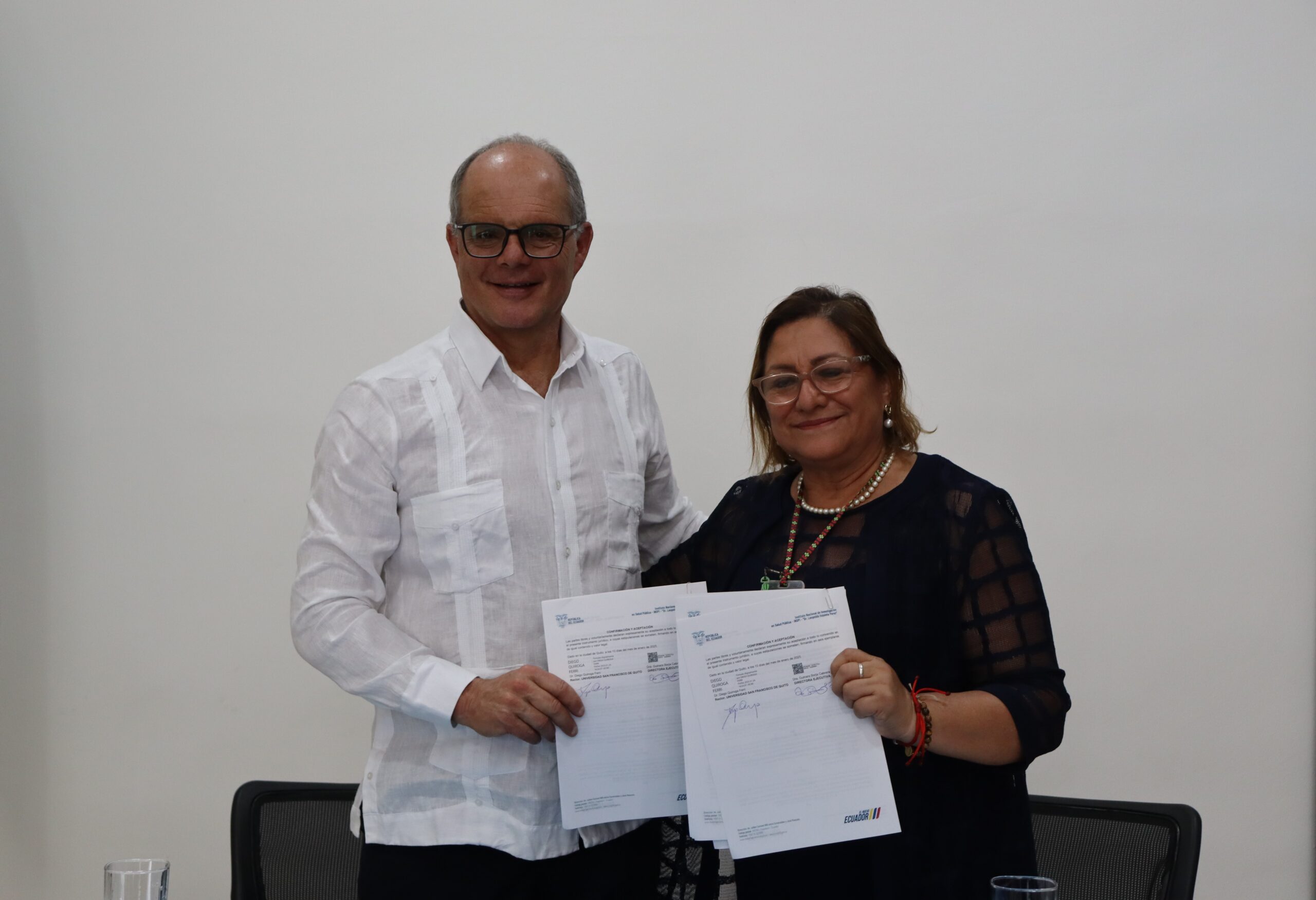This work was created within the framework of the “Native Action” educational campaign to prevent the introduction and spread of invasive species in the Galapagos archipelago.
Currently, the risk of introduction and spread of invasive species represents one of the main threats to the unique biodiversity of the Galapagos, as well as to its economic development, and the social and health welfare of its inhabitants. Thus, the Galapagos Science Center (GSC) is interested in the study of the effects of invasive species and the awareness of the local community.
According to Leidy Apolo, coordinator of the Link with the Community program of the GSC, “The Galapagos Science Center is a local partner of the Native Action campaign. Within the agreement, we are custodians of the educational materials with which the play is made, such as the theater, the set elements, and the puppets. We also participate in giving life to the characters when the show has to be exhibited. Within our program, it is essential to create awareness in people regarding the risks generated by invasive species and the importance of their collaboration to face them.”

Gonzalo Rivas Torres, professor at the USFQ Plant Ecology Laboratory and GSC researcher, is currently carrying out two research projects related to invasive species. The first is related to the invasive plant species American Cedar (Cedrella odorata) and the second is a mapping project that seeks to define where the main invasive species are in Galapagos. Among the main invasive species, we can name plants such as guava (Psidium guajava), blackberry (Rubus niveus), and the husk (Cinchona pubescens), or animals such as ants, mice, cats, and the fly (Philonis downsi). The presences of invasive species such as these are linked to the growth of the population, tourism, and the flow of maritime and air transport.
One of the strategies that “Native Action” implements to generate social commitment is to present the puppet play “Let´s Stop Inva-Zor” which is aimed at students from 2nd to 7th grade. In order to make the topic of invasive species interesting to this age group, the puppet show features Inva Zor, a character that represents all the invasive species, who is happy in the Galapagos because he has no natural predators. This makes him powerful, so he wants to invade all the islands for himself and his minions. Eibigi, an ABG agent, works hard to track him down. In the play, two children then join him and create a patrol of Galapagos guardians to catch him.
According to Ana María Loose, director of EPI Ecuador and manager of the Native Action Project, “The project established the first baseline of knowledge, attitudes, and practices regarding the problem of invasive species. By 2025 we seek to increase 50% of the population’s knowledge and attitudes and 20% of the behavior of students, merchants, and heads of household for the eradication of invasive species.”
The “Native Action” campaign, part of the “Education for Sustainability: Invasive Species” project, is possible thanks to the financing of the Sustainable Environmental Investment Fund and Fund for the Control of Invasive Species of Galapagos, in support of the Ecuadorian Ministry of Agriculture and Livestock, the Galapagos Government Council, the Directorate of the Galapagos National Park and the Agency for the Regulation and Control of Biosafety and Quarantine for Galapagos “ABG”, and executed by the Consortium: Conservation International Ecuador, Ecology Project International, and WWF-Ecuador.






